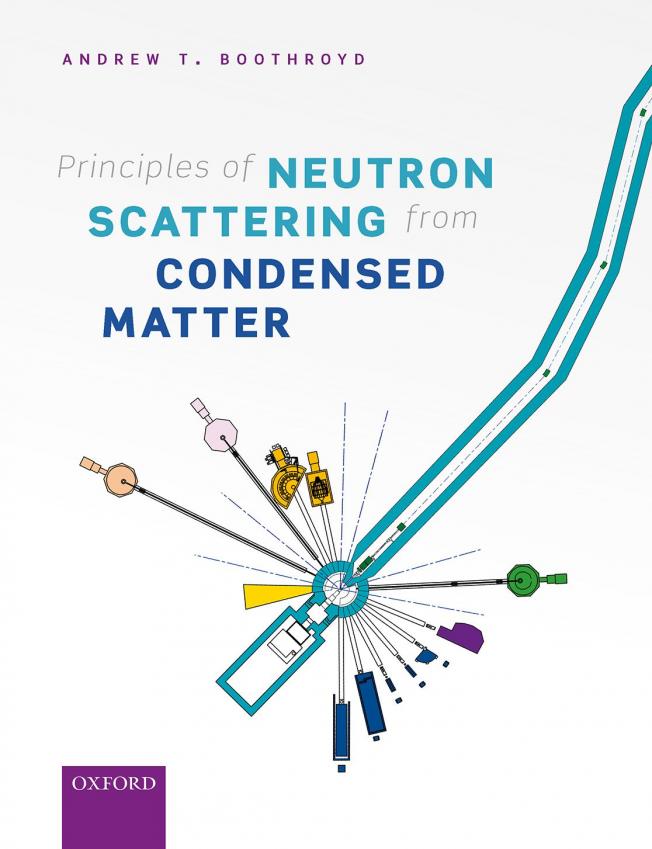Ferromagnetic Excitations in La$_{0.82}$Sr$_{0.18}$CoO$_{3}$ Observed Using Neutron Inelastic Scattering
(2010)
Antiferromagnetically spin polarized oxygen observed in magneto-electric TbMn2O5
(2010)
Magnetic excitations of Fe(1+y)Se(x)Te(1-x) in magnetic and superconductive phases.
J Phys Condens Matter 22:14 (2010) 142202
Abstract:
We have used inelastic neutron scattering and muon-spin rotation to compare the low energy magnetic excitations in single crystals of superconducting Fe(1.01)Se(0.50)Te(0.50) and non-superconducting Fe(1.10)Se(0.25)Te(0.75). We confirm the existence of a spin resonance in the superconducting phase of Fe(1.01)Se(0.50)Te(0.50), at an energy of 7 meV and a wavevector of (1/2, 1/2, 0). The non-superconducting sample exhibits two incommensurate magnetic excitations at (1/2, 1/2, 0) ± (0.18, - 0.18, 0) which rise steeply in energy, but no resonance is observed at low energies. A strongly dispersive low energy magnetic excitation is also observed in Fe(1.10)Se(0.25)Te(0.75) close to the commensurate antiferromagnetic ordering wavevector (1/2 - δ, 0, 1/2), where δ≈0.03. The magnetic correlations in both samples are found to be quasi-two-dimensional in character and persist well above the magnetic (Fe(1.10)Se(0.25)Te(0.75)) and superconducting (Fe(1.01)Se(0.50)Te(0.50)) transition temperatures.Magnetic excitations of Fe_{1+y}Se_xTe_{1-x} in magnetic and superconductive phases
(2010)
Observed and calculated energy spectra of Bragg-forbidden reflections in YVO3
Journal of Physics: Conference Series 200:SECTION 1 (2010)


